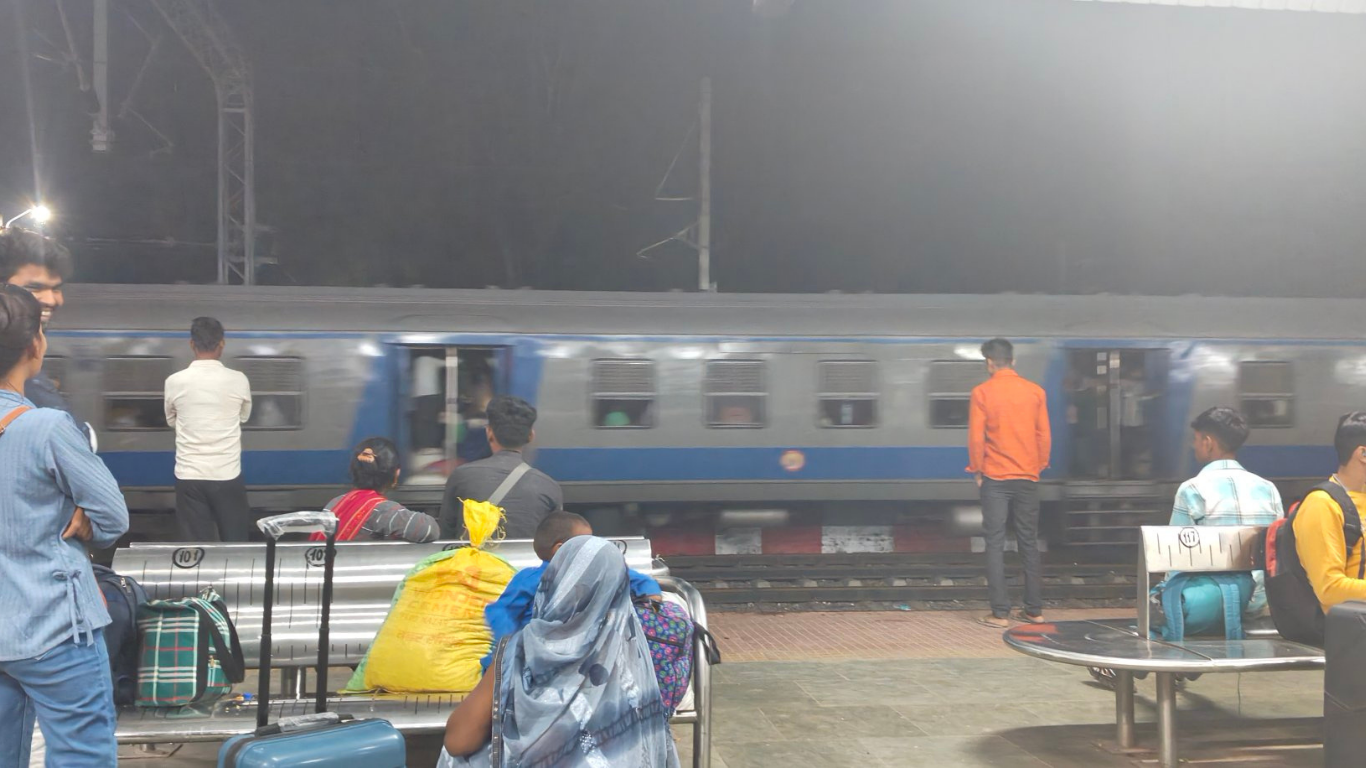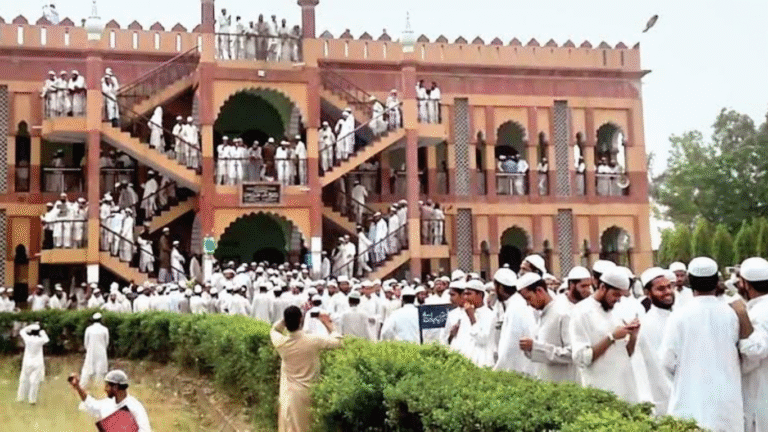
Mahoba Junction is more than just a railway station; it’s a lifeline for the people of Mahoba district in Uttar Pradesh. Located in the Bundelkhand region, Mahoba is a city rich in history, culture, and tradition. The junction serves as a major point of connectivity for travelers heading towards Khajuraho, Jhansi, Kanpur, Lucknow, and beyond. With its growing importance in both passenger and freight movement, Mahoba Junction plays a vital role in boosting the local economy and enhancing mobility in the region.
Strategically positioned, the station links remote areas of Bundelkhand with major cities. Whether it’s students traveling for education, families going for medical treatment, or businesspersons commuting for work, Mahoba Junction acts as a critical transit point. Over the years, the station has seen improvements in infrastructure and amenities, making it a more comfortable stop for thousands of passengers each day.
Location and Connectivity
Mahoba Junction is situated in the heart of Mahoba city and falls under the North Central Railway zone. It lies on the Jhansi–Manikpur railway line and is also connected to Khajuraho, the world-famous tourist destination known for its ancient temples. This makes it a key link for both local and international tourists who are planning to explore the cultural beauty of the region.
Trains like the Bundelkhand Express, Mahakaushal Express, and Khajuraho Express operate through this junction, offering direct connectivity to major cities like Delhi, Kanpur, Jhansi, Bhopal, and Varanasi. The presence of daily and weekly trains ensures that people have regular access to rail transport, which is especially crucial in a region where roadways are still developing.
The proximity of Mahoba Junction to National Highway 86 also makes it accessible by road. Local auto-rickshaws, buses, and taxis provide last-mile connectivity to and from the station, making it easier for travelers to reach their destinations without hassle.
Facilities and Passenger Amenities
Mahoba Junction may not be a big metro station, but it offers a range of basic and necessary facilities for travelers. The station has multiple platforms connected by foot overbridges, which help passengers move between platforms safely. Seating arrangements on the platforms, drinking water kiosks, and clean waiting rooms make the travel experience more comfortable.
For the safety of passengers, the station has been equipped with CCTV cameras and is regularly monitored by the Railway Protection Force (RPF). Cleanliness has significantly improved in recent years, with better waste disposal systems and regular cleaning schedules.
Digital information boards provide real-time updates about train arrivals and departures. Ticket counters and Automatic Ticket Vending Machines (ATVMs) help reduce long queues, especially during peak hours. There are also separate queues and seating areas for women, senior citizens, and differently-abled passengers.
Food stalls, tea shops, and small vendors are available within and around the station premises, catering to the needs of hungry or tired passengers. While the station may still lack modern luxuries, it covers all the essentials to ensure a smooth and safe journey.
Importance for Local Economy and Tourism
The presence of Mahoba Junction has a strong impact on the local economy. The station serves as a gateway for the transport of agricultural goods, stone materials, and handicrafts from the region to other parts of India. Traders and small business owners benefit from the freight and passenger movement facilitated by the junction.
Additionally, tourism plays a growing role in the region. Mahoba is known for its ancient temples, forts, and lakes. The famous Rahila Sagar Sun Temple and Kakramath Temple attract visitors with an interest in history and architecture. Nearby Khajuraho is a UNESCO World Heritage Site and draws tourists from across the globe. Many of them arrive through Mahoba Junction, which serves as a convenient railway access point to these destinations.
With plans for further development and better connectivity, including proposed semi-high-speed train routes, the future of Mahoba Junction looks promising. It could become a more prominent stop for domestic tourism and an economic catalyst for the entire Bundelkhand region.
Conclusion: Mahoba Junction’s Role in a Growing Region
Mahoba Junction is more than just a stop on the map; it’s a symbol of progress in a region that has long been considered underdeveloped. It connects dreams, opportunities, and cultures. As development projects continue and infrastructure improves, Mahoba Junction is likely to become even more important in the years to come.
For the people of Mahoba, it is not just a place to catch a train—it is a bridge to education, healthcare, business, and family. For tourists, it is a doorway to heritage and spirituality. And for the region, it is a vital pulse point that helps keep Bundelkhand connected to the rest of the country.
Whether you are a traveler, a student, a tourist, or a resident, Mahoba Junction will remain a significant and memorable part of your journey.



